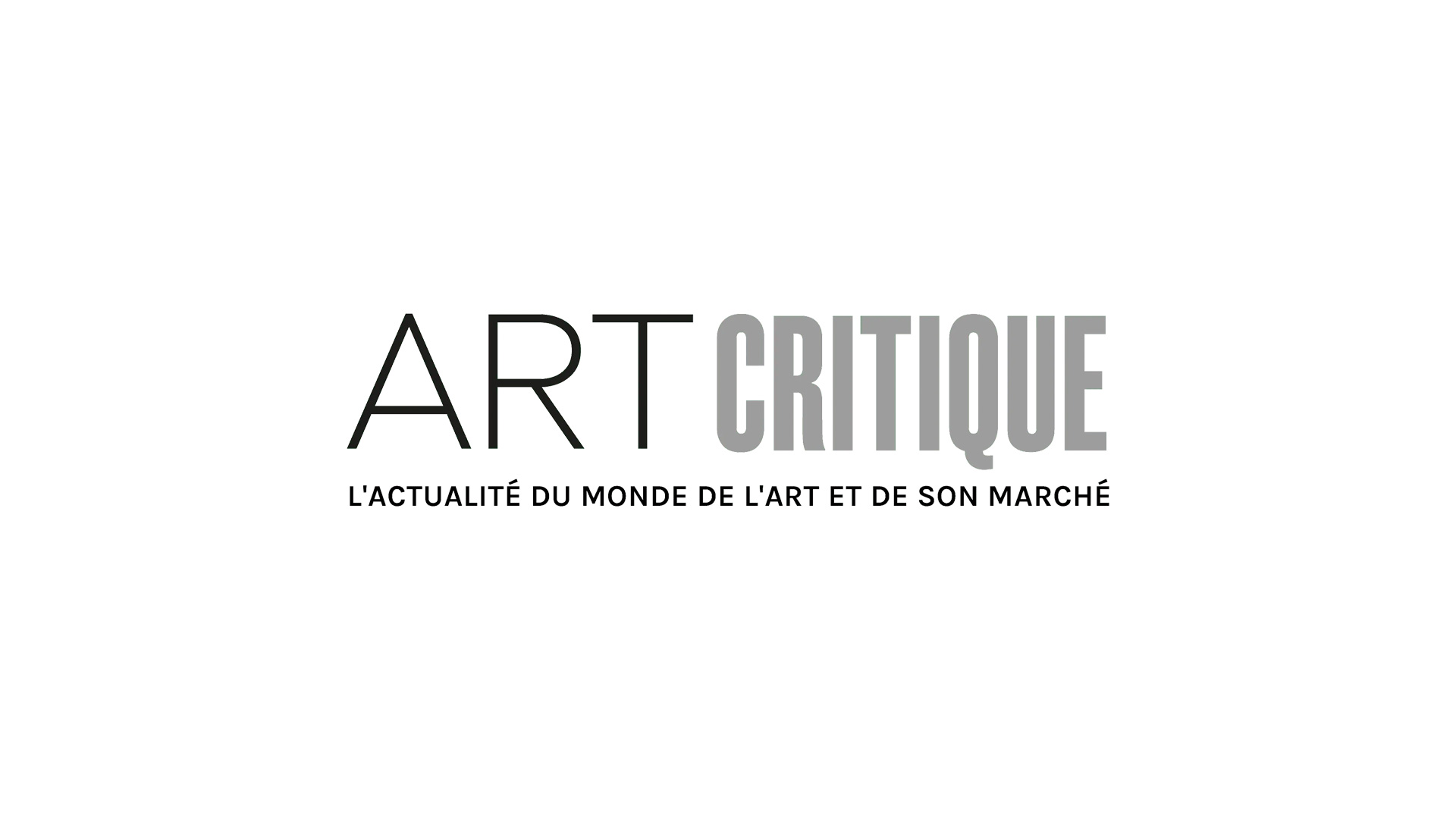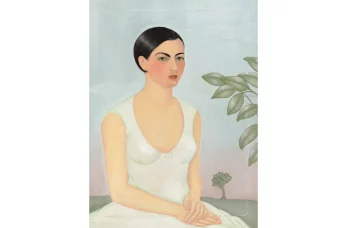As 2019 quickly approaches, so does the 500th anniversary of Leonardo da Vinci’s passing. At the time of his death on May 2nd, 1519, the Italian artist, aged 67, was living in France’s Loire Valley near the royal château of Amboise while working for King François I. The quincentenary has sparked a ‘stampede’ amongst museums to secure loans for upcoming da Vinci exhibitions according to art historian Martin Kemp, writer of Living with Leonardo.

The Uffizi Gallery in Florence will bring the Codex Leicester (1507-08) home on a loan from Microsoft founder Bill Gates. Various other cities in Italy, including the artist’s birthplace of Vinci, will celebrate the artists with displays of books and drawings by da Vinci. The Royal Collection, which owns a jaw-dropping 500-plus drawings, London’s Royal Academy, and the Czartoryski Museum in Krakow, Poland will also join the ranks of museums commemorating the artist’s legacy.
Headlining the momentous occasion, though, is expected to be an exhibition housed in the Louvre. The museum, which owns five authentic paintings by da Vinci, including the Mona Lisa, is expected to boast the Salvator Mundi, which sold last year for a whopping $450 million, and many other treasures from Italy. Louvre director Jean-Luc Martinez’s goal was ‘to gather the greatest number of works by Leonardo’ but his plans may be thwarted.
Turmoil concerning da Vinci loans
In a 2017 deal with the Italian state, it was agreed on that Italy would loan the Louvre nearly all of its da Vinci works – save a few, including the Adoration of the Magi in Uffizi which is irremovable – for the exhibition set to start in September 2019. Now, some officials have called to renegotiate the deal. Most prominently of those pushing back is junior cultural minister Lucia Borgonzoni, a far-right Italian nationalist. Borgonzoni called the deal signed by previous culture minister Dario Franceschini ‘unbelievable.’ The junior cultural minister continued stating ‘to give the Louvre all these paintings would put Italy on the margins of a major cultural event.’
Though da Vinci was Italian, he was living and working in France when he died leaving a lasting legacy in the country. This has undoubtedly bolstered the fires of the Italian-French controversy as each country has skin in the fight.
At stake: a Raphael tradeoff
The recent call to revisit the 2017 agreement could, however, affect French loans of artworks by Raphael to Italy in the future. 2020 will be the 500th anniversary of Raphael’s death. In a quid pro quo, France agreed to loan works by Raphael to Rome’s Scuderi Del Quirinale museum to commemorate Raphael’s life works. Therefore, if Italy goes back on their agreement, France may forego the tradeoff.
This issue, though, does not phase Borgonzoni. As she has stated, many of Raphael’s works remain in Italy, thus potentially losing the artworks that would have travelled to the country is less important than retaining works by da Vinci for the upcoming year.





